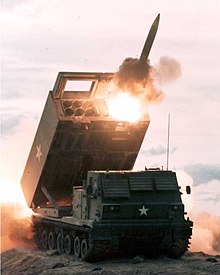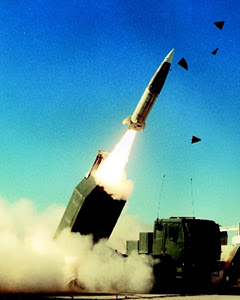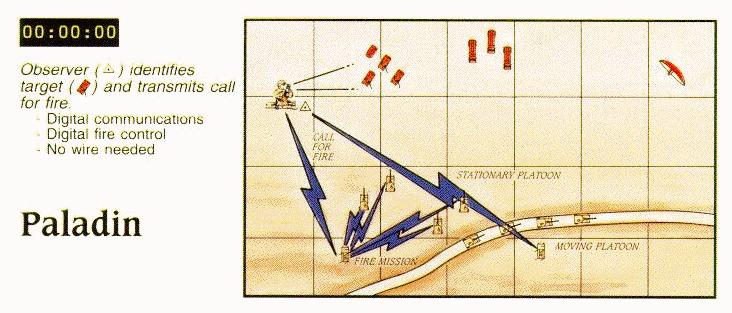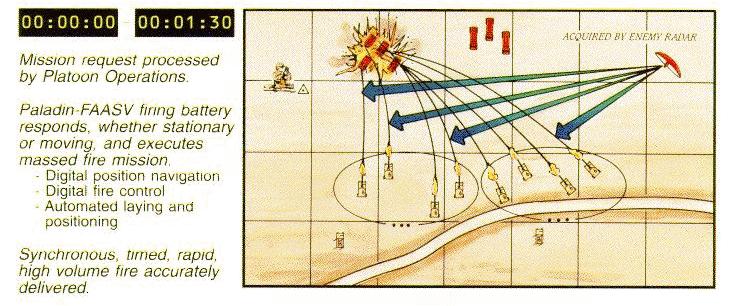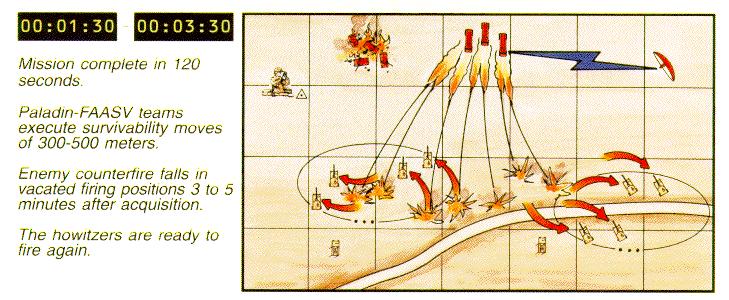Tim, good succinct observations. No good will come from a war in this region. You are also absolutely correct in that this could serve as a flashpoint for a greater conflict.
The DPRK is a pain in everyone's behind, including China's. It is obvious that if a war were to break out and the DPRK went at it alone, they would be crushed. China is dependent on the European and American markets and if those markets were closed off to them it would hurt them economically. If China were to help the DPRK prosecute a war, it is possible that those markets could be closed to them and I doubt they want that. Trying to survive on the Asian market alone would definitely hamper their growth.
You are also correct in that while tanks may win battles, they won't win a war by themselves. It takes a Combined Arms approach to do that. Very few countries have the resources to take a Combined Arms approach as well as the US (unless the pols try to micromange the war from Washington DC).
XL, The German and South Korean tanks are a little superior to the Abrams i have heard.I don't know about the Russians but the Chinese most certainly can't match it.
Wonder who has the best artillery though.
If you gentlemen would please, i am looking forward to a discussion on the Korean situation and the military status of the surrounding countries.Including ours.
Tanks:
What does a tank in today's battlefield require? Among other things, it requires an effective fire control system so it can be capable of acquiring and engaging a target or targets while on the move in all weather conditions. It also requires that it be armored well enough to survive attack by infantry hand held anti tank weapons, IED's and fire from other tanks.
It also requires good mobiilty; speed and range. Keep in mind that if your logisitcs system is good, you can keep them running longer and the internal fuel and ammo capacity is not such a big deal. If you do not have good logistics, then the internal fuel capacity and the internal ammo load becomes very important as it determines how far you can assault. The availability of support vehicles like bridging tanks and recovery tanks play important roles too.
While the South Korean tanks are supposed to be good, they have not been proven in combat. Till that happens, the effectiveness of their K1 and K1A1 tanks remains in question. On paper they seems pretty decent. Another thing to keep in mind is that while the South Koreans are capable of building pretty much anything, their tanks were designed elsewhere but built in Korea. The fire control system and the rangefinder is from Hughes, the primary Thermal sights are from Texas instruments. The armor is a type of Chobham Armor. The gun is the Rheinmetal L44 (like the Leopard and Abrams) The chassis is based on the General Dynamics XM1 (that developed into the US M1). While none of this is bad in itself, how good is the integration? We will have to wait and see. Hopefully we will never have to find out. It is quite possible that they will be more than a match for any tanks the DPRK fields.
The Leopard is a good tank too and while it has seen limited combat it has not seen tank to tank combat like the Abrams and Challenger. All we know about it is that it has very good survivability against IED's.
When talking about tanks one cannot forget the Challenger 2. This is an incredibly well armored tank and has demonstrated amazing survivability.
In one encounter within the urban area a Challenger 2 came under attack from irregular forces with machine guns and rocket propelled grenades. The driver's sight was damaged and while attempting to back away under the commander's directions, the other sights were damaged and the tank threw its tracks entering a ditch. It was hit directly by fourteen rocket propelled grenades from close range and a MILAN anti-tank missile.[11] The crew survived remaining safe within the tank until the tank was recovered for repairs, the worst damage being to the sighting system. It was back in operation six hours later after repairs. One Challenger 2 operating near Basra survived being hit by 70 RPGs in another incident.[12]
In August 2006 in al-Amarah, a Soviet RPG-29 penetrated the frontal hull of a Challenger 2 through ERA in the area of the driver's cabin. The driver lost part of his foot and two more of the crew were also injured but the driver was able to reverse 1.5 mi (2.4 km) to an aid post. The incident was not made public until May 2007, in response to accusations, the MoD said "We have never claimed that the Challenger 2 is impenetrable."
http://en.wikipedia.org/wiki/Challenger_2
As Skyman requested some info about Indian tanks. The best tanks that India fields now is the T-90S,T-90M and T-90MS. They have composite armor and bolt-on reactive armor. While reactive armor is effective, it is a one-shot deal. Once a reactive panel has blown off, that area is now relatively unprotected till you refit new panels. However, the standard composite armor is supposed to be very good, even resisting penetration by M829 fire from 250 meters. The M829 is an American Armor-Piercing, Fin-Stabilized, Discarding Sabot (APFSDS) tank round used by the M1 and M1A1.
Artillery:
As the US has demonstrated in the two Gulf wars, it has pretty much mastered detection and interdiction of enemy artillery (counter battery fire). So for an enemy's artillery to be effective it must have some means of defeating the US's counter battery fire or it will only be able to get off a few salvoes before it is destroyed. With an almost assured US air superiority over any battlefield nowadays, simple "shoot and scoot" is not enough anymore.
“Never give in, never give in, never; never; never; never – in nothing, great or small, large or petty – never give in except to convictions of honor and good sense” — Winston Churchill, Oct 29, 1941








